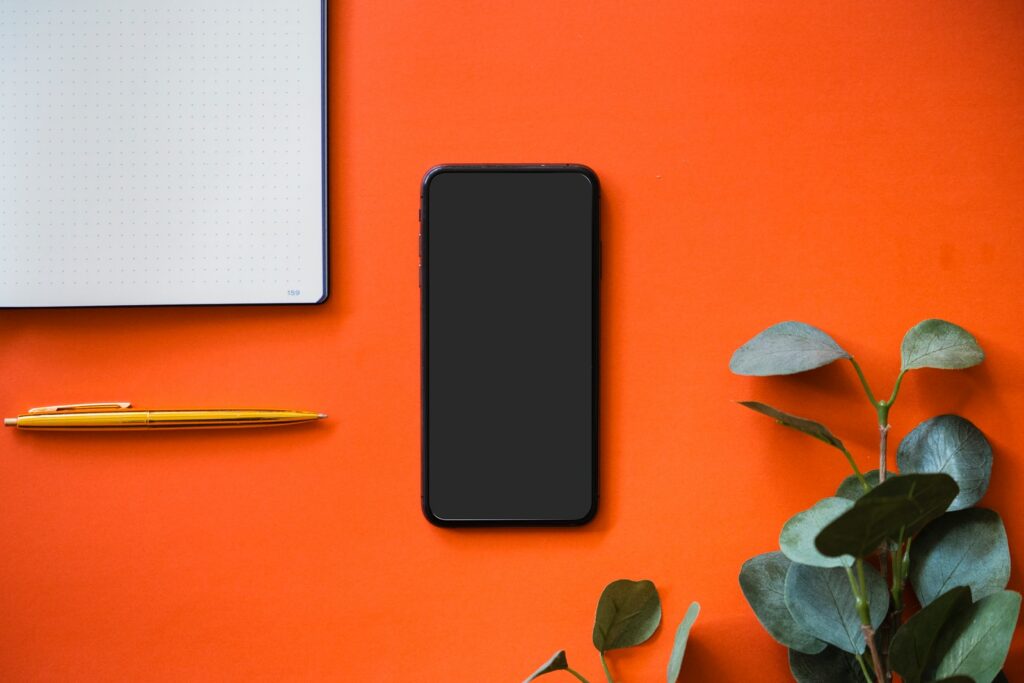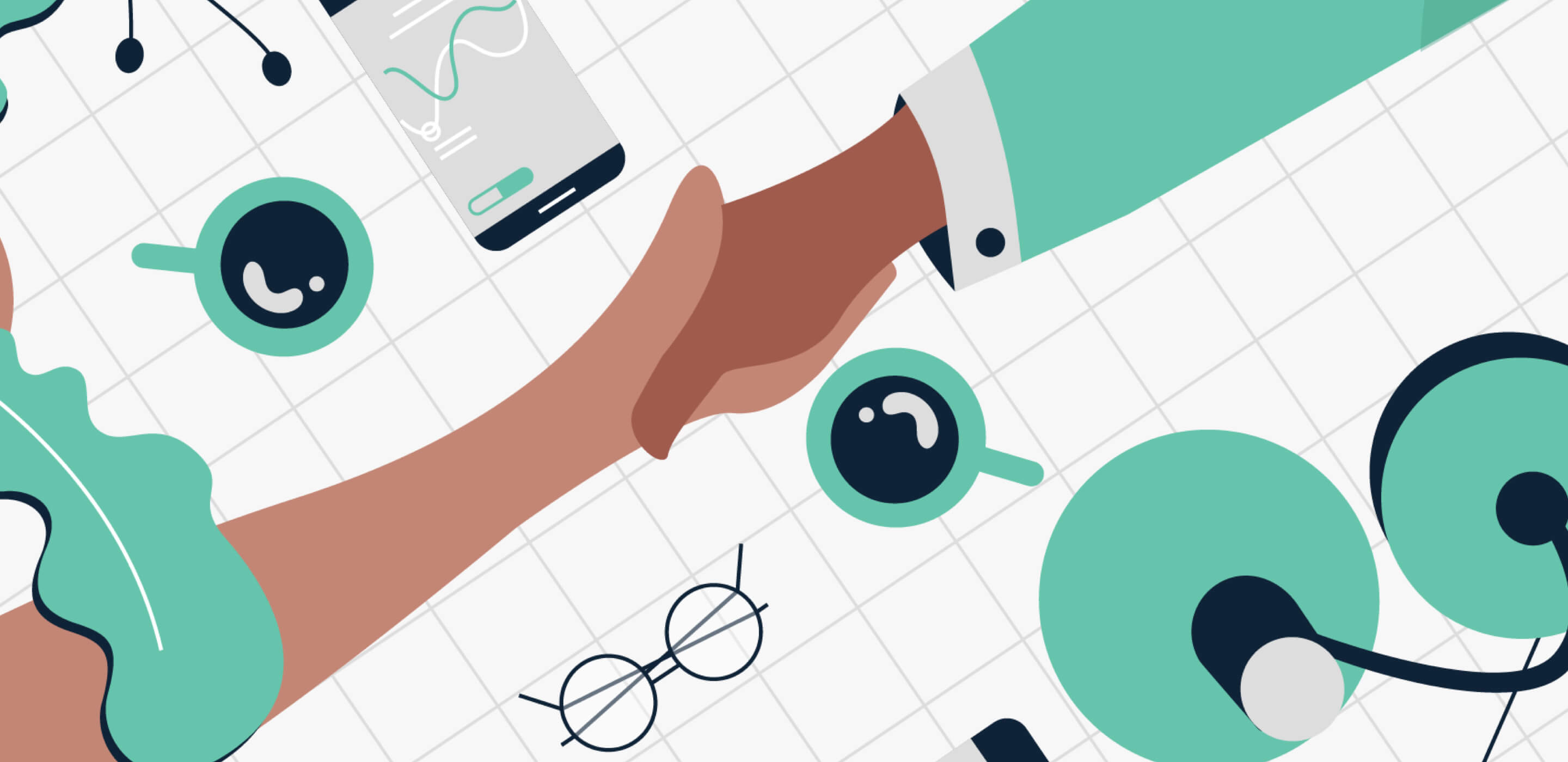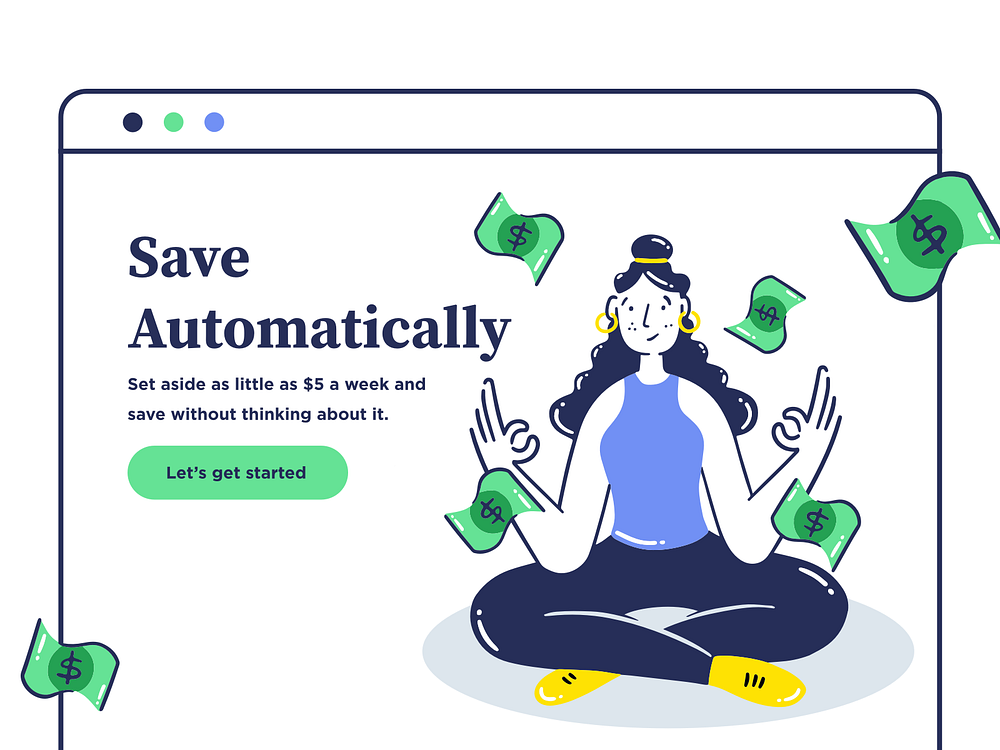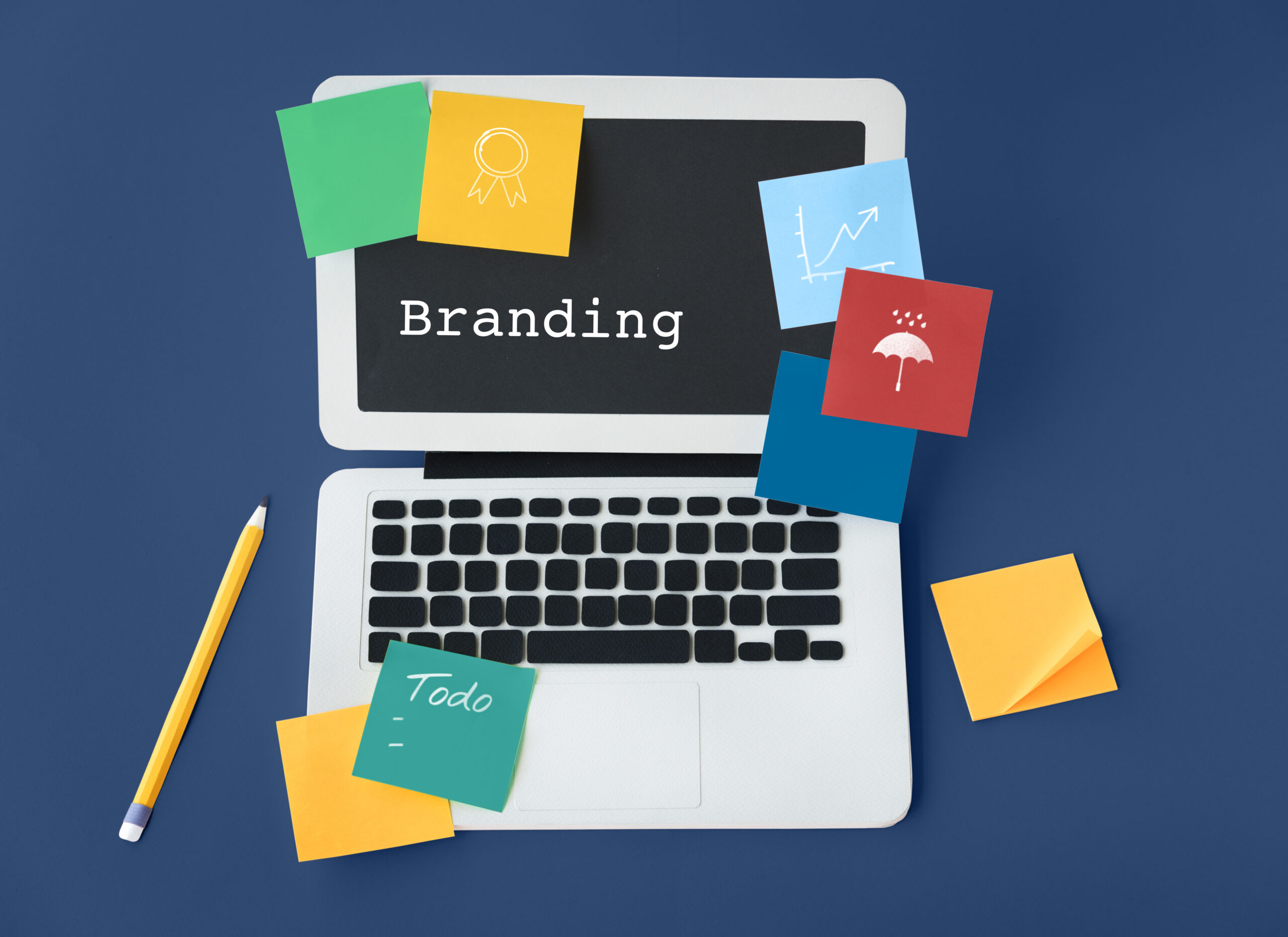Fintech is a steadily growing industry, projected to reach $158 billion in 2023. Digital payments are a major driving force of the increased fintech adoption around the globe. By 2023, the total value of digital payment transactions is expected to hit a whopping $6.7 trillion!
Is it any wonder that there is tough competition among fintech providers, each trying to attract the highest number of consumers? Companies are rolling out new and innovative solutions every day. But a valuable solution to a common problem is only effective if consumers can use it easily. This is where UI UX design comes into play.
Fintech & UX design

Designing for fintech has several issues — the tech and industry jargon can be complicated to explain, and the user experience intentionally has friction. These stops ensure money goes in and out safely, keeping in mind a host of regulations. Still, good UX designers know how to supersede all these complications and offer a smooth experience that keeps people coming back for more.
At Brucira, we’ve designed for our fair share of fintech clients. Our work with Groww, India’s new-age investment platform, and Tally, an American finance automation product, are excellent studies in approaching UX design for fintech.
If you’re still curious about how design shapes fintech, read on!
1. Create a smooth user interface
It may seem like this should go without saying, but it can be easier said than done when it comes to fintech. Between KYC (Know Your Customer) and AML (Anti-Money Laundering) regulations, it can be challenging to offer a smooth user interface.
For instance, when making UPI (digital) payments in India, you have to add your password at least two times, and further confirm the payment amount a couple of times before the process is complete. It can make the process lengthy and frustrating. But friction is a pillar of fintech UX design — fintech calls for you to use positive friction. It’s simple: people will stay on the app a few seconds longer because it’s a question of ensuring their money (or someone else’s money) is safe.
Good UX design makes sure that the wait isn’t any longer than it needs to be.
2. Make it user-friendly
Fintech is the easier, better way for people to interact with their finances. This should also apply to the way the products and apps are designed. Making something user-friendly is simply making it easy for the consumer to use the product.
Whether it’s easily accessible KYC forms or auto-fills for repetitive information, a user-friendly fintech design saves time and effort. Similarly, gamifying the process can also help people manage their finances better because it’s more fun that way! Remember to add feedback screens so people can gain more information about their finances, payments, and any other updates.
3. Add some character
Speaking of fun, fintech apps don’t need to be monochrome apps devoid of any interesting bits. Add bright, eye-catching illustrations, attractive visuals, and engaging, witty copy to help your user relate to the app and its processes.
When we designed the illustrations for Groww, we kept a balance between creating attractive yet sophisticated visuals based on the average Groww user. For Tally Save, we were asked to design illustrations that would explain the user flow.

Make your user journey fun by adding a bit of character with a pop of colour, pretty illustrations, or even some celebratory screens to your fintech product.
4. Keep it clear
Fintech apps are not the place to add frivolous elements that cloud essential information. Good UX design provides bank account statements, ongoing payment screens, and sensitive information in a clean and straightforward interface. Keep the bright and cute aspects to different screens and pages.
If your app offers personalized graphs and charts, make sure they’re easy to understand and not overloaded with colours, copy, and stickers. Gamifying finances keeps people interested, but it’s also essential to balance that with understanding to improve the product interface.
5. Choose your colours carefully
We’ve already spoken about the impact of colour on people when it comes to web design and office spaces. When it comes to fintech apps, colours play an important role — negative association, brand recognition, and positive experiences can be implied through your colour choices.
Since fintech targets younger people, it’s vital that your design factors in their choices. 21% of millennials deleted an app because they didn’t like how it looked on their screen! Choose neutral and simple colours that inspire trust and authenticity in your user for the overall product and complement it with bright and attractive colours in your illustrations, graphics, and other elements.
Our illustrations for Tally were done in blue, green, and yellow — colours that project fun, comfort, and most importantly, trust. They also stand for optimism, motivation, and confidence, values that Tally stood for.

Good UX is a combination of visually appealing and functional UI design. UX design needn’t be complicated if you keep in mind these five broad parameters and build your design accordingly. It may be daunting if it’s your first fintech client, but if you remember to keep it simple, user-friendly, and attractive, you’ve got a winner on your hands!
Protip: Fintech is a mobile-dominated industry, so if you’re designing a website or any elements (like illustrations), make sure it’s also optimized to be responsive across different device sizes and interfaces.
Check out ruttl, a visual feedback and collaboration tool that can help you review your fintech websites and make them responsive here: https://ruttl.com/
If you have a fintech product that needs an upgrade with a new app, website, or some lovely illustrations, reach out to us at hello@brucira.com with your ideas!
Follow Brucira on social media here: LinkedIn | Instagram | Twitter | Dribbble













